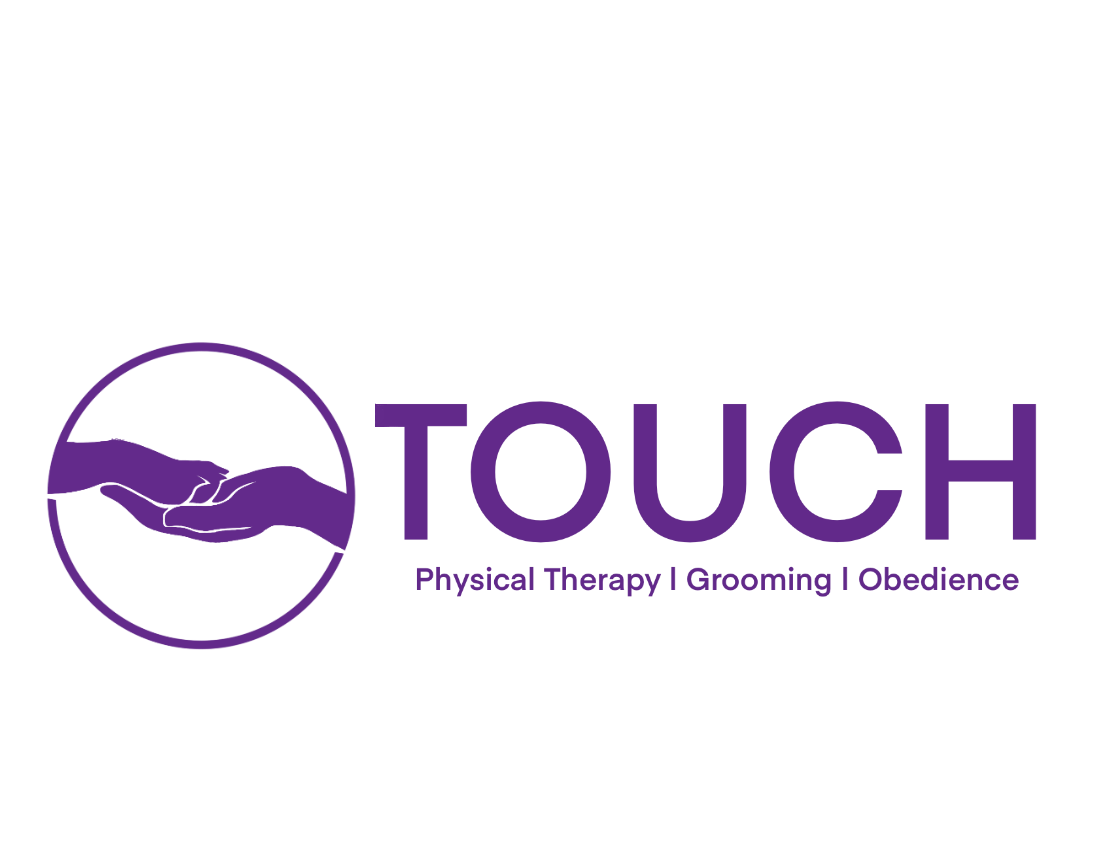OSTEOARTHRITIS
What is it?
Arthritis, meaning inflammation of the joints, affects up to 80% of dogs over the age of 8 years and 90% of senior cats. There are many integral structures in a joint that keep it healthy and moving smoothly such as the:
Joint capsule – forms around synovial joints and is rich in nerve endings. Stretching or thickening results in pain and decreased range of motion.
Articular cartilage – covers the subchondral bone. Absorbs weight and weight bearing forces during loading.
Synovial fluid - Synovial fluid is found in the joint space. It acts as a cushion and prevents friction. Provides nutrients to the cartilage and removes waste products.
Subchondral bone – thin layer of bone that distributes forces during weight bearing.
Over time, as our pets age, these structures start to degenerate causing what we know as osteoarthritis.
From: Todays Veterinary Practice
Osteophyte – new bony growth that forms in or around joints (bone spurs), forms after damage from arthritis and can cause pain.
How can rehab help?
While we can’t reverse arthritic change in the joints once it’s started, rehab can help to slow progression, prolong onset, and help with pain associated with joint change or compensation. One of the primary goals of rehab for arthritic patients is to maintain good quality of life and mobility for as long as possible.
Some of the main areas we work on to achieve this goal are:
Increasing range of motion in the joints
Decreasing pain
Improving quality of movement and function
Increasing or maintaining muscle strength
A thorough rehab exam and implementing modalities such as laser therapy, electrical stimulation, hydrotherapy, low impact land exercise and manual therapy are crucial in a rehab program for arthritis management.
Home modifications
There are many modifications that can be made around the home to help arthritic pets feel more comfortable in their environment. Here are a few examples of what we can do to help our pets age more comfortable.
Raise feeding stations – this eliminates the need for the pet to lower their neck and shift weight forward which can be hard if they are sore. Generally, food and water dishes should not be raised more than the height of where the pets’ legs meet the body. Raised dishes help to keep the spine in a neutral position and avoid excessive weight shifting.
Provide traction – providing traction like carpets or yoga mats on slick surfaces helps avoid slipping and sliding. Arthritic pets may have reduced strength and slippery floors can make it hard for them to walk. Traction surfaces help to avoid slip and fall accidents which can lead to further injury and pain. Other ways of providing traction include boots, toe grips or paw stickers.
Comfortable beds in multiple places – arthritic pets will have good and bad days, so we need to make sure we are supporting them through everything. On days when they don’t feel like climbing the stairs or walking to the next room to find their bed, providing comfortable places throughout the house for them to rest their bones will help. We want to make sure their sleeping arrangements are warm and dry and kept away from drafts or damp areas.
Supplements
Nutraceuticals are nutritional supplements that do not fall in the approved drug or herbal remedy categories. They are often derived from food sources that have additional health benefits. Nutraceuticals are beneficial in supporting the body, postponing the aging process, and improving health. Nutraceuticals can help with inflammation, pain, cartilage regeneration, and muscle function. Joint supplements may also improve mobility without the use of or with a reduction in the use of nonsteroidal anti-inflammatory drugs.
The most widely known nutraceuticals for arthritis in both humans and animals is glucosamine and chondroitin but there are other ingredients that you should look for in your pets’ joint supplement as well.
Glucosamine and chondroitin - improves cartilage metabolism, chondroitin inhibits enzymes that cause degradation in cartilage and synovium.
MSM – provides anti-inflammatory and anti oxidant properties.
Hyaluronic Acid – major component of synovial fluid and cartilage. Helps with increasing synovial fluid, scavenging free radicals and reducing inflammation. Restores viscosity of synovial fluid.
Omega 3 Fatty acids – the main ingredients to look for in fatty acid supplements are EPA and DHA, works as an anti inflammatory and helps with inflammation due to arthritis. Also aids in coat maintenance, cognitive function, brain development and more.
Pharmaceuticals
There will come a point in your pet’s journey with osteoarthritis when prescription medication is needed to keep pain at bay and improve comfort level. A conversation with your veterinarian will help you to decide which medication, dosing interval and route of administration is best for your pet. The concurrent use of supplements and physical rehabilitation is still advised to ensure the joints and surrounding soft tissue structures are kept as healthy as possible.
Some signs to watch for in dogs and cats that may indicate OA/pain:
Slowing down on walks/reduced activity level
Sleeping somewhere other than their usual spot
Less frequent bathroom breaks/accidents in the house/going outside the litterbox
Changes in behaviour (aggression, avoidance)
Stiff gait or lameness
Muscles atrophy (loss of muscle mass) or reduced muscle tone
Changes in appetite




